Although the two products have different nature and nutritional value, most Vietnamese consumers still have difficulty distinguishing between "sterilized fresh milk" and "sterilized reconstituted milk". This is the content pointed out by many experts at the scientific conference "Development of Vietnam's dairy industry to 2030, vision to 2045" held on August 5 in Hanoi.
Dr. Nguyen Manh Dat - Deputy Director of the Institute of Food Technology said that reconstituted milk (remixed from powdered milk) used to be a suitable solution in difficult times. However, now that economic conditions have changed, the use of reconstituted milk has many potential risks because its nutritional value is reduced during the process of repeated heat treatment.
The paradox is that fresh milk, despite its nutritional superiority, is at a competitive disadvantage due to its higher price. The main reason, according to Dr. Dat, lies in the current national technical regulations (QCVN) that are not clearly defined. Both types of products are allowed to be labeled as "sterilized milk", causing great confusion.

Sharing the same view, Professor, Doctor, Doctor Le Thi Hop - former Director of the National Institute of Nutrition emphasized: "We cannot cheat consumers, especially young children". There must be absolute transparency on labels so that people know clearly whether they are buying products made from raw fresh milk or reconstituted powdered milk, especially in important programs such as school milk.
Experts point out that the current technical regulations need to be urgently updated to suit the reality. Specifically, the new regulations need to address two major issues. First, clear classification. There needs to be specific regulations to distinguish between milk made from fresh ingredients and reconstituted milk, ending the "ambiguity" under the common name "sterilized milk".
Second, supplementing minimum nutritional content. Many important indicators such as protein, calcium, vitamin D, etc. have not been regulated at mandatory minimum levels, while this is the standard in many countries to ensure nutritional quality, especially for children.
The issue of product transparency is associated with a major challenge for the dairy industry. That is the dependence on imported raw materials. According to Mr. Nguyen Xuan Duong - Chairman of the Vietnam Livestock Association, domestic fresh milk production currently only meets about 38-40% of demand, the rest must be imported in the form of powdered milk to produce reconstituted milk.
To solve the root of the problem, Mr. Duong proposed that there should be strong policies to develop dairy cow herds, aiming for 60% self-sufficiency in raw materials by 2030, through the parallel development of high-tech farms and professional household farming models.

"With about 13.8 million children in their golden age, TH Group and other dairy enterprises are ready to join hands with the Party and State to take care of the health of future generations," affirmed Mr. Ngo Minh Hai - Chairman of the Board of Directors of TH Group.
Concluding the workshop, Deputy Minister of Industry and Trade Truong Thanh Hoai acknowledged that Vietnam's dairy industry has great room for development, with per capita consumption (27 liters/year) still low compared to the region and the world. Participation in free trade agreements such as CPTPP and EVFTA also opens up huge export opportunities.
"The discussion opinions will be an important basis for the Ministry of Industry and Trade and relevant ministries and branches to perfect policies, promote sustainable development of Vietnam's dairy industry, towards the goal of a healthy Vietnam," Deputy Minister Truong Thanh Hoai emphasized.
Source: https://doanhnghiepvn.vn/kinh-te/map-mo-sua-tuoi-va-sua-hoan-nguyen-ai-bao-ve-nguoi-tieu-dung/20250805052420080


![[Photo] Cutting hills to make way for people to travel on route 14E that suffered landslides](https://vphoto.vietnam.vn/thumb/1200x675/vietnam/resource/IMAGE/2025/11/08/1762599969318_ndo_br_thiet-ke-chua-co-ten-2025-11-08t154639923-png.webp)










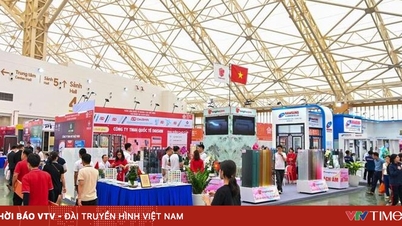


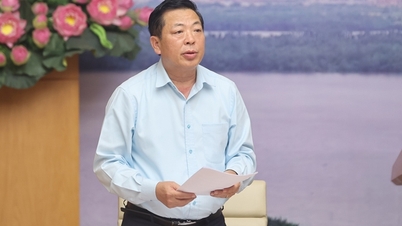












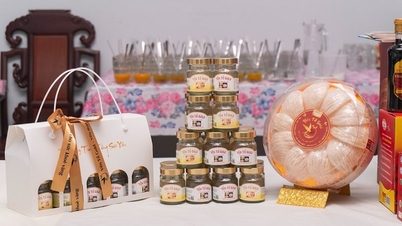











![[Video] Hue Monuments reopen to welcome visitors](https://vphoto.vietnam.vn/thumb/402x226/vietnam/resource/IMAGE/2025/11/05/1762301089171_dung01-05-43-09still013-jpg.webp)








































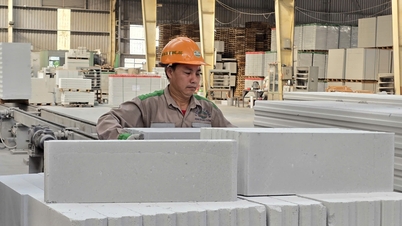
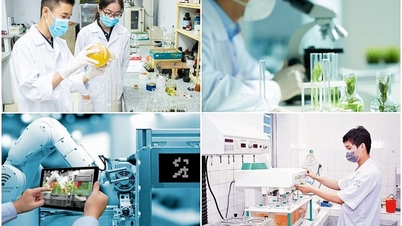






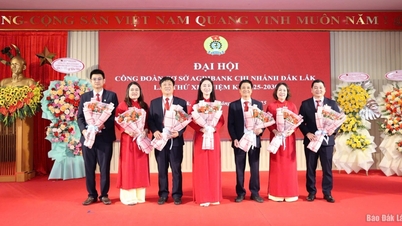



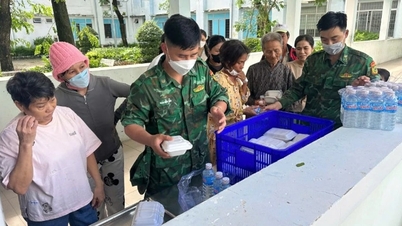

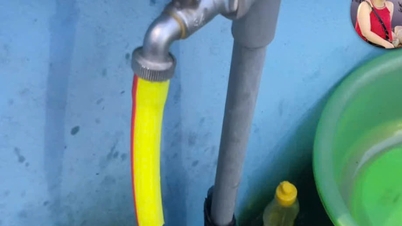












Comment (0)